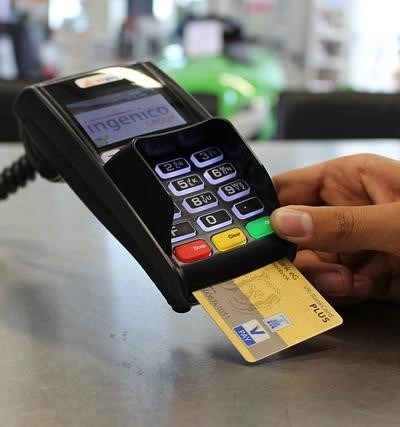
Non-VBV (Verified by Visa/Mastercard SecureCode) credit cards present increased financial risk compared to their VBV counterparts․ This guide explores the heightened risks and offers strategies for effective mitigation․
Understanding the Risks
Non-VBV cards lack the extra layer of security provided by VBV․ This makes them more vulnerable to fraud and identity theft․ Unauthorized transactions are more likely, potentially impacting your credit score and financial security․ Individuals with bad credit seeking subprime credit cards or near-prime credit cards may find themselves with non-VBV options, further increasing their risk exposure․
Risk Assessment & Mitigation
Credit card risk management is crucial․ Before applying for any credit card, especially a non-VBV one, carefully assess your creditworthiness․ Check your credit report and FICO score․ A low score may limit your options and lead to high interest rates and hefty fees, including significant late payment penalties․ Understanding your spending habits and creating a realistic budget is vital for responsible borrowing․
Responsible Borrowing Strategies
- Monitor transactions closely for unauthorized activity․
- Set up fraud alerts with your bank․
- Maintain low credit utilization to improve your credit score․
- Practice good debt management and avoid accumulating excessive debt․
- Consider debt consolidation if you have multiple high-interest debts․
Improving Your Financial Literacy
Enhance your financial literacy to make informed decisions․ Understand APR (Annual Percentage Rate) and the implications of various fees․ Learn about credit repair if needed․ Responsible use of credit cards, regardless of VBV status, contributes to long-term financial security․
Choosing Wisely
While non-VBV cards might offer certain benefits, the heightened risk should be carefully weighed against the advantages․ If you have concerns about financial risk, prioritize cards with VBV for added protection․ Review credit card applications thoroughly before applying․ Credit card approval depends on various factors including your credit history and risk assessment by the lender․ Prioritizing responsible borrowing and a strong understanding of credit scoring are key to minimizing risk․


This is a very informative and well-structured guide to the risks associated with non-VBV credit cards. The article clearly outlines the increased vulnerability to fraud and the importance of proactive risk mitigation strategies. The inclusion of practical advice on responsible borrowing and improving financial literacy is particularly valuable and makes the article highly relevant to a broad audience.
The author effectively highlights the significant financial risks associated with non-VBV credit cards. The step-by-step approach to risk assessment and mitigation is easy to follow and provides actionable advice for consumers. The emphasis on improving financial literacy is a crucial element often overlooked in discussions about credit card usage, and its inclusion strengthens the article considerably.